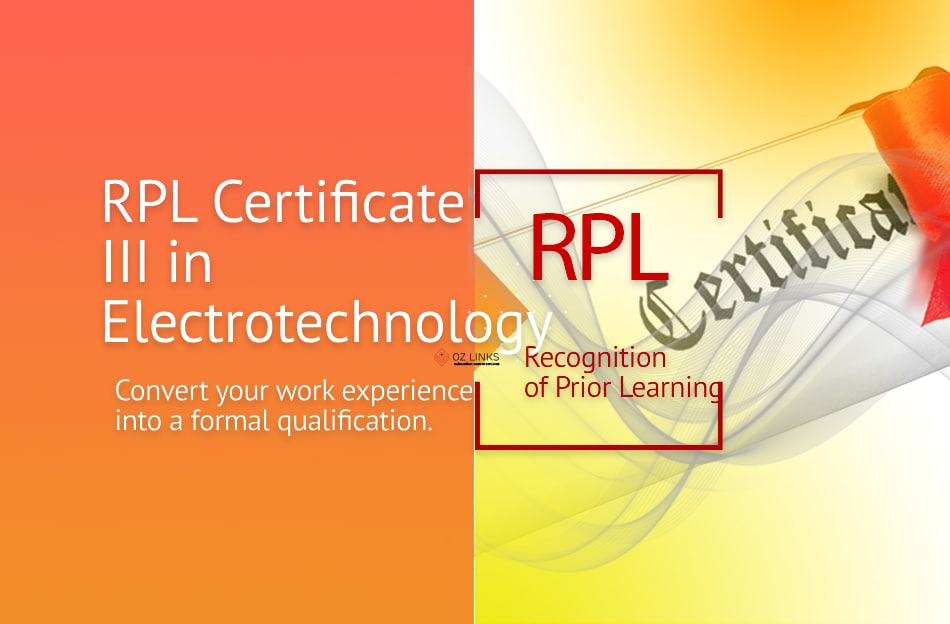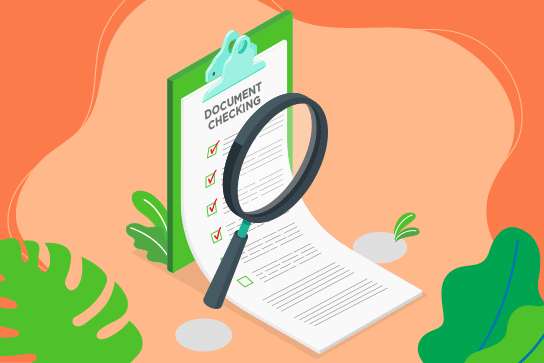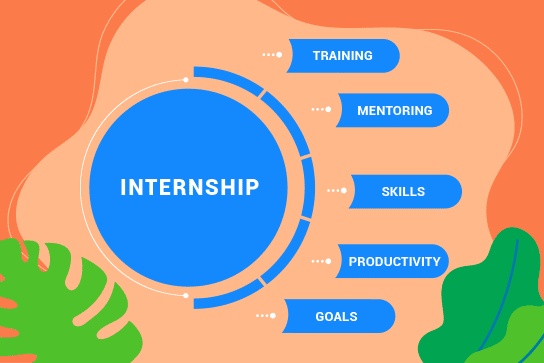Last Updated on October 23, 2025 by Ozlinks Education
If you have been working as an electrical technician who hasn’t yet qualified, you are in the right place. The RPL (Recognition of Prior Learning) program offers a pathway for you to convert your skills and work experience into a formal Certificate III in Electrotechnology Electrician through one of our Registered Training Organisation partners.
Find out more about recognition of prior learning.
Certificate III in Electrotechnology Electrician Overview
The UEE30820 Certificate III in Electrotechnology Electrician equips individuals with essential skills and knowledge for selecting, installing, setting up, testing, fault-finding, repairing, and maintaining electrical systems and equipment across various buildings and premises. Regulations relating to licensing directly govern the development of competencies for this qualification.
To obtain an Unrestricted Electrician’s Licence in most jurisdictions, it is necessary for the qualification to be completed through an apprenticeship or the Trades Recognition Australia (TRA) pathway. Click here for more about TRA pathway.
Job title:
- Electrician General
- Electrical Contractor
- Electrical Mechanic
What does an electrical technician do?
An electrician selects, installs, tests, connects, commissions, repairs, maintains, modifies and diagnoses faults with electrical equipment, wiring and control systems in non-industrial settings.
Registration or licensing is required.
Their job involves:
- Interprets and uses technical drawings, circuit wiring and mechanical diagrams, equipment and cable/connection schedules and manuals to undertake electrical wiring work
- Installs, repairs, maintains and tests electrical and electrotechnology systems and equipment, including wiring, switches, outlets, circuit breakers, transformers and lighting fixtures
- Measures and lays out electrical installation sequences
- Selects, cuts and connects wire and cables to circuit breakers, transformers or other electrical components in residential and commercial settings
- Connect electrical systems to power supply
- Tests continuity, resistance and compliance to standards of electrical circuits
What is Recognition of Prior Learning?
The Australian Qualification Framework (AQF), which is governed by the Australian Government’s Department of Education in consultation with the states and territories, gives all students the right to have their prior education, relevant work experience, and training acknowledged to facilitate their advancement towards and between qualifications. Every registered training organisation (RTO) has its own policies and procedures for determining your RPL eligibility, but the fundamentals are the same. The experience and skills you’ve gained through your work can help you complete a qualification faster and reduce the time commitment of taking a course to get you closer to your dream job.
The advantages of using RPL program
Recognition of Prior Learning (RPL) program offer numerous benefits, including time and cost savings by validating existing skills and experience, expedited qualification achievement, and improved employment prospects. RPL program helps you:
- There is no need to relearn what you already know.
- It saves both your time and tuition fees.
- Assist you in achieving your career change objectives in Australia.
- Gaining an Australian qualification requires less time.
- You do not need to attend classes or redo the training you have already completed.
- Open new career opportunities in the conditioning and refrigeration industry.
- Acquire a qualification that meets the skills assessment requirements for migration purposes.
Why do I need the Certificate III in Electrotechnology Electrician?
If you have been working as an electrical technician but have not yet obtained your qualifications for any reason, pursuing the RPL program for this certification can significantly enhance your career in the building and construction sectors. In Australia, if you wish to work as an electrician, you must obtain a licence or be registered, depending on the specific requirements of your state or territory.
Before applying for your licence, you will need to acquire a combination of experience, qualifications, skills, and knowledge. By obtaining the Certificate III in Electrotechnology Electrician, you can meet the requirements for becoming a licenced electrician, enabling professionals to legally undertake residential, commercial, and industrial building and construction projects across Australia.
Points Test Calculator
Evidence requirements
Below is the general list of documents that you are required to provide to support your RPL assessment application:
- 100 points of identification documents (ID)
- A current resume outlines your relevant employment history
- Student USI number
- Australian citizen, permanent resident, or temporary visa holder with a full-time working right.
- A white card or any other relevant license
- Must have a minimum of 3 years of work experience full-time in Australia in an electrician technician and work under the supervision of an electrician registered license.
- Employment evidence, including an employment reference letter, employment contract, payslips, income statement, and superannuation.
- Workplace photos and videos that showcase you performing your tasks in accordance with the job duties outlined above demonstrate your competency in the relevant qualification.
Note: Additional gap training may be necessary to address any areas for improvement and to ensure a positive assessment outcome. An RTO assessor might conduct a competency interview with you to identify any existing training gaps.
How does Ozlinks Education help with RPL?
Ozlinks Education can assist you with the Recognition of Prior Learning (RPL) process by acting as your agent. We will guide you through every step, from preparing your application to obtaining a formal qualification. Our services include gathering and preparing required documents; locating a suitable Registered Training Organisation (RTO) partner; and offering tailored support to help you convert your work experience into a recognised certificate.
RTO partnership
As an education agent, we maintain partnerships with various RTOs, enabling you to access a diverse range of RPL programs and select a qualification that aligns with your skills.
Application assistance
We assist you in preparing and submitting your application by guiding you through the process and clarifying the requirements for skill assessment.
Document preparation:
We assist you in preparing your employment portfolio and collecting the essential evidence to showcase your skills and experience.
Tailored support
Our team offers personalised support to maximise your chances of successfully obtaining the qualifications necessary to advance your career.



